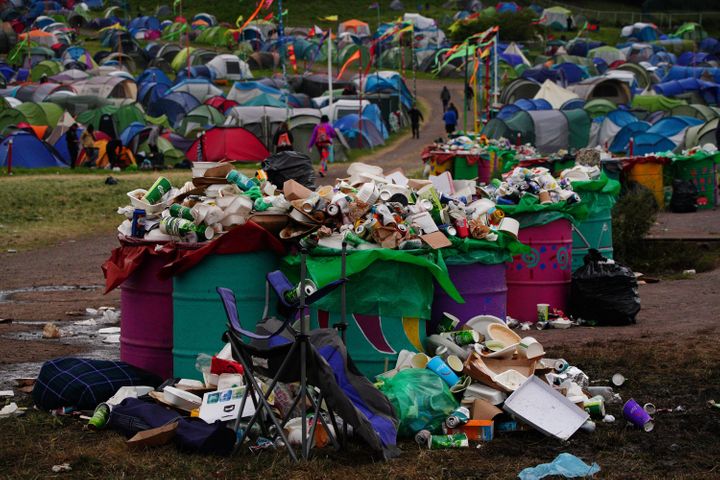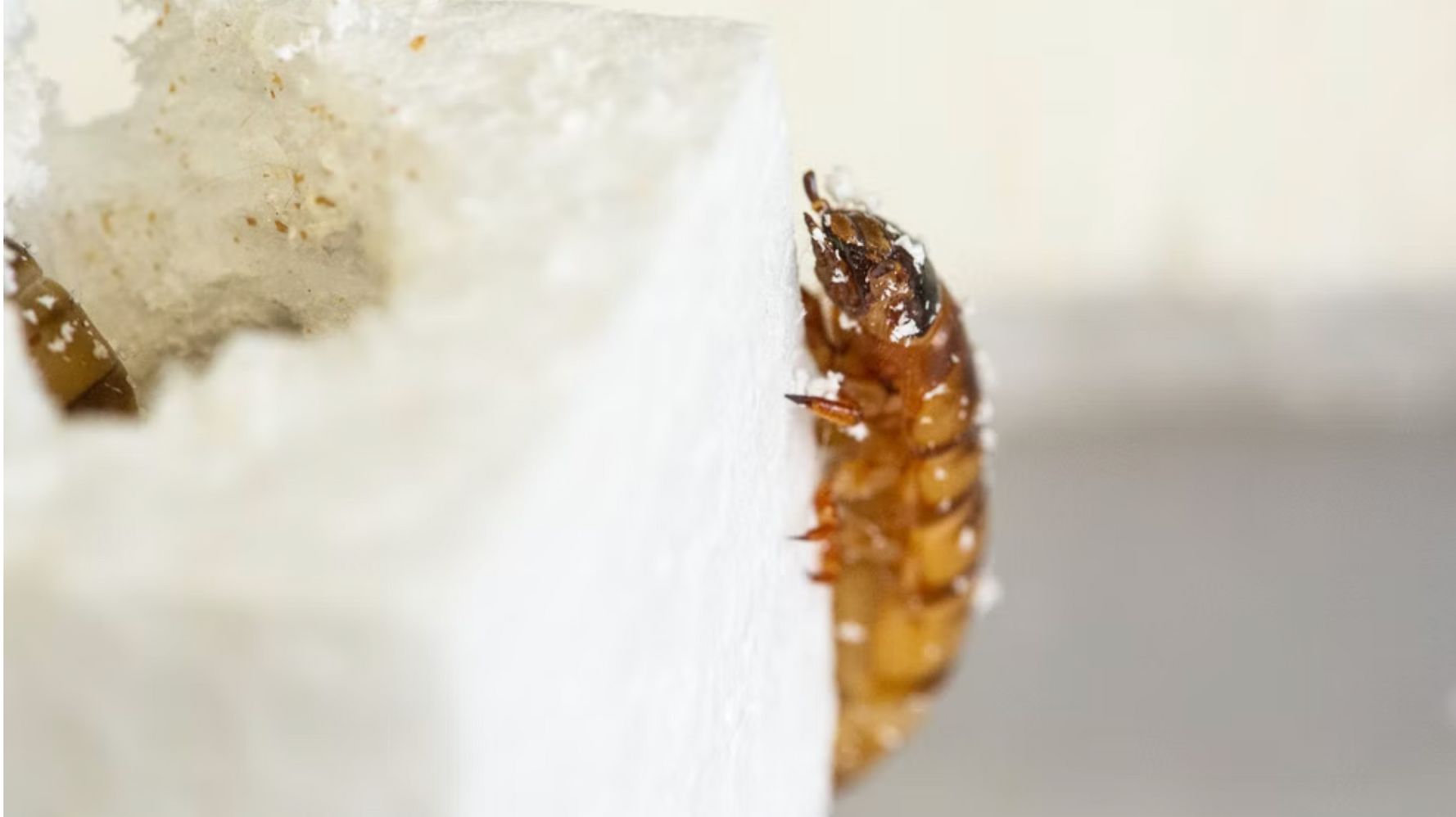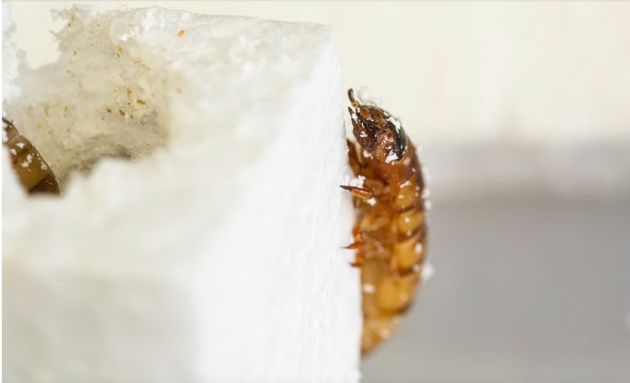Glastonbury is over, but the big cleanup has just begun. Collecting waste abandoned by festival-goers has taken between four and six weeks in previous years.
Now, a new survey has revealed the items people are most likely to leave behind, lose or break at festivals, despite 81% of people saying they think festivals generate too much waste, and 89% claiming they want to be more responsible.
Advertisement
Over half (58%) of those surveyed by gifgaf said they have left, lost or broken something at a festival before. The most common items are:
The findings also show that waste isn’t confined to what’s left behind on the site, with 79% of festival-goers buying new items ahead of the festival season. New outfits and wellies come top of the ‘must have’ list, with 49% and 41% respectively making the purchases. Around one in three (30%) buy a new tent and 15% also pick up a spare phone.
But festival organisers say they’re doing their bit to encourage environmentally-friendly habits. Glastonbury has launched the Love Worthy Farm, Leave No Trace campaign, for example, urging ticket holders not to pack anything they won’t be taking home with them again.
Advertisement
“There are now 15,000 very well signposted and beautifully painted bins (colour-coded for recycled and other rubbish) virtually everywhere on site for your rubbish,” the festival organisers say on their website.
“As you enter the site, stewards will hand you a green bag for recyclables and a clear bag for general waste – please help us look after the land by correctly filling them up as you go!”
In 2019 – the last pre-pandemic festival – organiser Emily Eavis said on Instagram that “93.3% of all tents were taken home”, calling it a “massive improvement” on previous years.

Ben Birchall via PA Wire/PA Images
The Association of Independent Festivals (AIF), a membership body for 60 independent festivals including Boardmasters, Boomtown and Kendal Calling, previously called on people to take their tents home with them.
Advertisement
The AIF said it wants to reduce the estimated 250,000 tents that are left at music festivals across the UK every year – most of which aren’t collected by charities and can’t be recycled, meaning they end up in landfill.
The average tent weighs 3.5kg and is mostly made of plastic – the equivalent of 8,750 straws or 250 pint cups, the AIF said.
In 2021, photos showed the mass waste left behind by revellers at Reading Festival. After seeing the images, Clean Up Britain founder John Read said: “Leaving behind tents seems like self-indulgent, first world and lazy behaviour.”

Matthew Childs via Reuters
He continued: “All of us must become more aware of the need to protect and cherish the environment. Dumping perfectly good tents runs contrary to this. Festival organisers need to get more socially responsible too, and insist on festival goers taking tents home with them.
Advertisement
“Some sort of deposit return scheme is required, but they have been very slow to act on this.”
Charities such as New Beginnings in Reading collect some of the abandoned tents and donate them to the homeless community, according to Berkshire Live.
Lily Robbins, the Reading festival’s sustainability manager, said: “We have loads of different teams working together this year to actually get the site back to what it was looking like before we arrived.
She added the clear up “always takes time, because we want to do it properly”.






